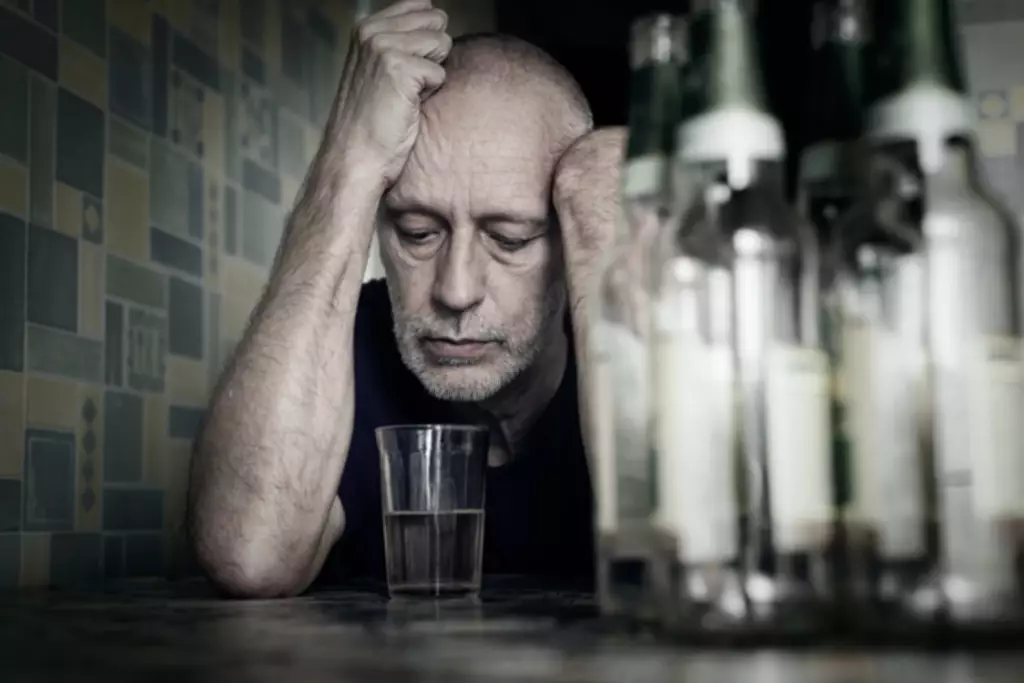Alcohol Relapse Rates Drug Addiction & Recovery
Categories :
Content
The incidence of alcohol relapse
As with anything, the more you work at it and the longer you work, the better you’ll be at avoiding a potential relapse. The longer an alcoholic stays sober, the better their chances are for long-term sobriety. Overall, among people sober for five years, the chances of relapsing are less than 15%, according to Psychology Today. 24% of all Americans over the age of 50 with an alcohol use disorder were able to attain a long term recovery.- Nearly 80% of the overall population is estimated to enjoy an adult beverage at least once in their lifetime.
- There was no indication of heterogeneity, so the fixed effects model results are the most appropriate to report with respect to the abstinence rate.
- The duration of detoxification prior to study entry was found to be longer for studies 004 and 005, which may also explain the absence of significant differences between naltrexone and placebo with respect to their study outcomes.
- The truth is, rewiring the brain can take up to 90 days after abstinence, and the more intense the treatment is during those days, the more successful clients can be.
- Both published and unpublished randomized controlled trials (RCTs) of naltrexone were used.
- Careful evaluation of patients with alcoholic liver disease prior to liver transplantation can identify patients with a high risk of alcohol relapse.
Caron Atlanta Outpatient Center
To find out how well 16-year relapse could be predicted, we constructed a risk for relapse index based on the four risk factors identified in the regression. 1, remitted individuals with no risk factors had a 22% likelihood of relapse. The likelihood of relapse rose to 45% for individuals with one risk factor, 70% for individuals with two risk factors and 86% for individuals with three or four risk factors. Compared to individuals who did not achieve remission by the 3-year follow-up, those who did were more likely to be women and to be married, were older and had more education and were older when they first recognized their drinking problem. The search terms used included ‘naltrexone’ (exploded); ‘randomized controlled trial’ or ‘random allocation’ or ‘all random’; ‘human’, ‘alcohol’ and ‘English language’. A similar search was also carried out using the PsychLIT database and the Cochrane Controlled Trials Registry. The retrieved abstracts were printed off, and duplicate articles were removed. Bibliographies of relevant articles were manually examined for additional RCTs.
The search terms used included ‘naltrexone’ (exploded); ‘randomized controlled trial’ or ‘random allocation’ or ‘all random’; ‘human’, ‘alcohol’ and ‘English language’. A similar search was also carried out using the PsychLIT database and the Cochrane Controlled Trials Registry. The retrieved abstracts were printed off, and duplicate articles were removed. Bibliographies of relevant articles were manually examined for additional RCTs.